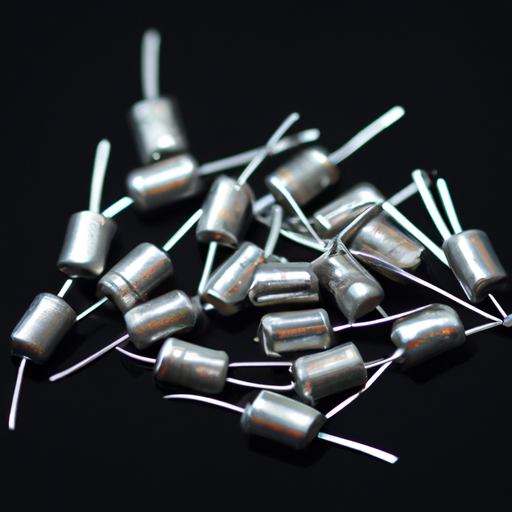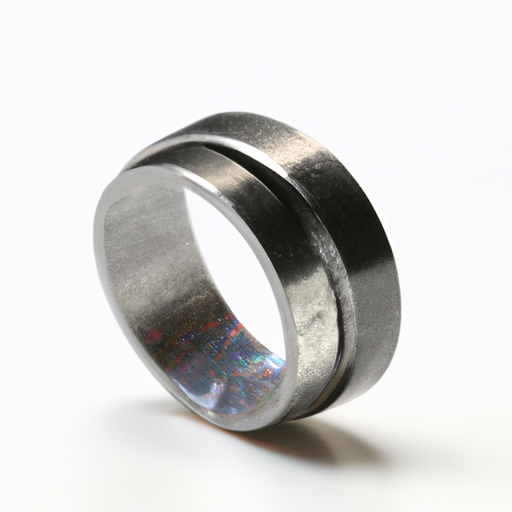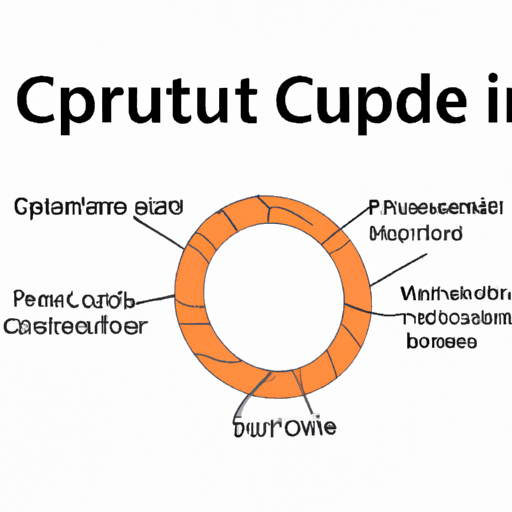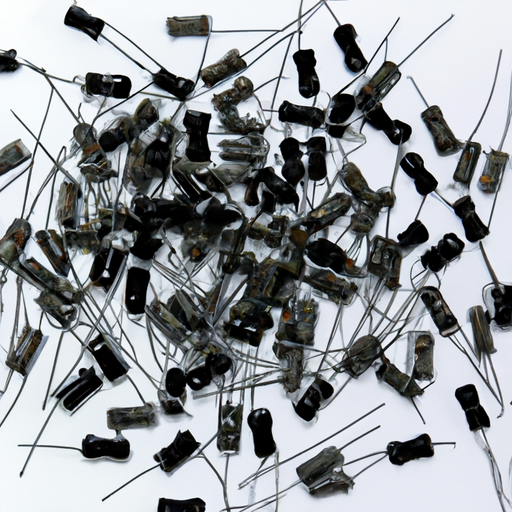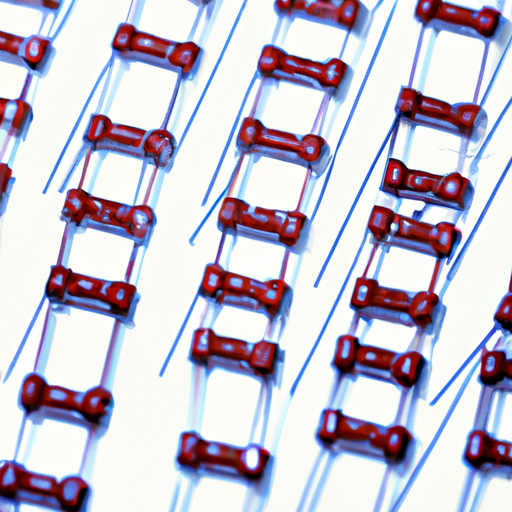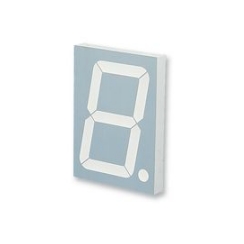What are the types of popular inductor production products?
What are the Types of Popular Inductor Production Products?
I. Introduction
Inductors are fundamental components in electronic circuits, playing a crucial role in energy storage, filtering, and signal processing. They are passive devices that store energy in a magnetic field when electrical current flows through them. The importance of inductors cannot be overstated, as they are integral to the functioning of various electronic devices, from power supplies to radio transmitters. This article aims to explore the different types of inductor production products, their characteristics, applications, and the factors influencing their selection.
II. Understanding Inductors
A. Basic Principles of Inductance
Inductance is the property of an electrical conductor that opposes changes in current. When the current through an inductor changes, it induces a voltage in the opposite direction, according to Lenz's Law. This property is utilized in various applications, including energy storage, filtering, and oscillation in circuits.
B. Key Parameters of Inductors
1. **Inductance Value**: Measured in henries (H), this value indicates the inductor's ability to store energy. Higher inductance values are typically used in applications requiring significant energy storage.
2. **Current Rating**: This parameter defines the maximum current the inductor can handle without overheating or saturating. Exceeding this rating can lead to failure.
3. **DC Resistance**: The resistance of the inductor when a direct current flows through it. Lower DC resistance is preferred to minimize energy loss.
4. **Quality Factor (Q)**: This dimensionless parameter indicates the efficiency of the inductor. A higher Q factor means lower energy losses and better performance in high-frequency applications.
C. Types of Inductors Based on Construction and Application
Inductors can be categorized based on their construction and intended application, leading to various types that serve specific purposes in electronic circuits.
III. Types of Inductor Production Products
A. Air Core Inductors
1. **Description and Construction**: Air core inductors consist of a coil of wire wound around a non-magnetic core, typically air. This design allows for minimal losses due to the absence of a magnetic core material.
2. **Applications and Advantages**: Commonly used in high-frequency applications, such as RF circuits and oscillators, air core inductors offer high Q factors and low losses. They are also lightweight and have a simple construction.
3. **Limitations**: The main limitation of air core inductors is their lower inductance values compared to core-based inductors, making them unsuitable for applications requiring high inductance.
B. Iron Core Inductors
1. **Description and Construction**: These inductors use iron as the core material, which enhances the magnetic field and increases inductance. The iron core is typically laminated to reduce eddy current losses.
2. **Applications and Advantages**: Iron core inductors are widely used in power applications, such as transformers and power supplies, due to their high inductance and ability to handle significant current.
3. **Limitations**: They can suffer from saturation at high currents, leading to reduced performance. Additionally, they are heavier and bulkier than air core inductors.
C. Ferrite Core Inductors
1. **Description and Construction**: Ferrite core inductors utilize ferrite materials, which are ceramic compounds of iron oxide mixed with other metals. These cores are effective at high frequencies and reduce losses.
2. **Applications and Advantages**: Ferrite core inductors are commonly used in switching power supplies and RF applications. They offer high inductance values and low core losses, making them efficient for high-frequency operations.
3. **Limitations**: While ferrite cores are effective, they can also saturate under high current conditions, and their performance can be temperature-dependent.
D. Toroidal Inductors
1. **Description and Construction**: Toroidal inductors are wound in a doughnut-shaped core, typically made of ferrite or iron. This design minimizes electromagnetic interference and enhances efficiency.
2. **Applications and Advantages**: They are used in power supplies, audio equipment, and RF applications. The toroidal shape allows for a compact design with low electromagnetic radiation.
3. **Limitations**: The manufacturing process can be more complex and costly compared to other inductor types, and they may require specialized winding techniques.
E. Choke Inductors
1. **Description and Construction**: Choke inductors are designed to block high-frequency AC signals while allowing DC or low-frequency signals to pass. They can be air core or core-based.
2. **Applications and Advantages**: Commonly used in power supply circuits and filtering applications, choke inductors help reduce noise and stabilize current flow.
3. **Limitations**: Their effectiveness can be limited by the core material and design, and they may not perform well at very high frequencies.
F. SMD (Surface Mount Device) Inductors
1. **Description and Construction**: SMD inductors are compact inductors designed for surface mounting on printed circuit boards (PCBs). They are available in various shapes and sizes.
2. **Applications and Advantages**: Ideal for modern electronic devices, SMD inductors save space and are suitable for automated assembly processes. They are widely used in smartphones, tablets, and other compact devices.
3. **Limitations**: SMD inductors may have lower current ratings compared to larger inductors, and their performance can be affected by PCB layout and design.
G. Power Inductors
1. **Description and Construction**: Power inductors are designed to handle high currents and are typically used in power management applications. They often feature a core material that enhances inductance.
2. **Applications and Advantages**: Used in DC-DC converters, power supplies, and energy storage applications, power inductors are essential for efficient power management.
3. **Limitations**: They can be larger and more expensive than other inductor types, and their performance can be affected by temperature and current levels.
H. Specialty Inductors
1. **Description and Types**: Specialty inductors include RF inductors, variable inductors, and other specialized designs tailored for specific applications. RF inductors are optimized for radio frequency applications, while variable inductors allow for adjustable inductance.
2. **Applications and Advantages**: These inductors are used in niche applications, such as tuning circuits, oscillators, and RF amplifiers. Their specialized designs enable enhanced performance in specific scenarios.
3. **Limitations**: Specialty inductors may have limited availability and can be more expensive due to their unique designs and manufacturing processes.
IV. Factors Influencing Inductor Selection
When selecting an inductor for a specific application, several factors must be considered:
A. Application Requirements
The intended use of the inductor, including frequency, current, and voltage levels, will dictate the type of inductor needed.
B. Environmental Considerations
Factors such as temperature, humidity, and potential exposure to contaminants can influence the choice of inductor materials and designs.
C. Cost and Availability
Budget constraints and the availability of specific inductor types can impact the selection process.
D. Performance Specifications
Inductor performance parameters, such as inductance value, current rating, and Q factor, must align with the requirements of the application.
V. Future Trends in Inductor Production
A. Advances in Materials and Technology
The development of new materials, such as nanocrystalline and amorphous cores, is enhancing inductor performance and efficiency. These materials can reduce losses and improve inductance values.
B. Miniaturization and Integration in Circuits
As electronic devices become smaller and more compact, the demand for miniaturized inductors is increasing. Innovations in manufacturing techniques are enabling the production of smaller, more efficient inductors.
C. Sustainability and Eco-Friendly Production Methods
With growing environmental concerns, manufacturers are exploring sustainable production methods and materials. This trend aims to reduce the ecological footprint of inductor production.
VI. Conclusion
Inductors are vital components in electronic circuits, serving various functions across a wide range of applications. Understanding the different types of inductor production products, their characteristics, and their applications is essential for selecting the right inductor for specific needs. As technology advances, the future of inductor production looks promising, with innovations in materials, miniaturization, and sustainability paving the way for more efficient and environmentally friendly solutions.
VII. References
A comprehensive list of academic papers, articles, and resources for further reading on inductors and their applications can be provided upon request.

